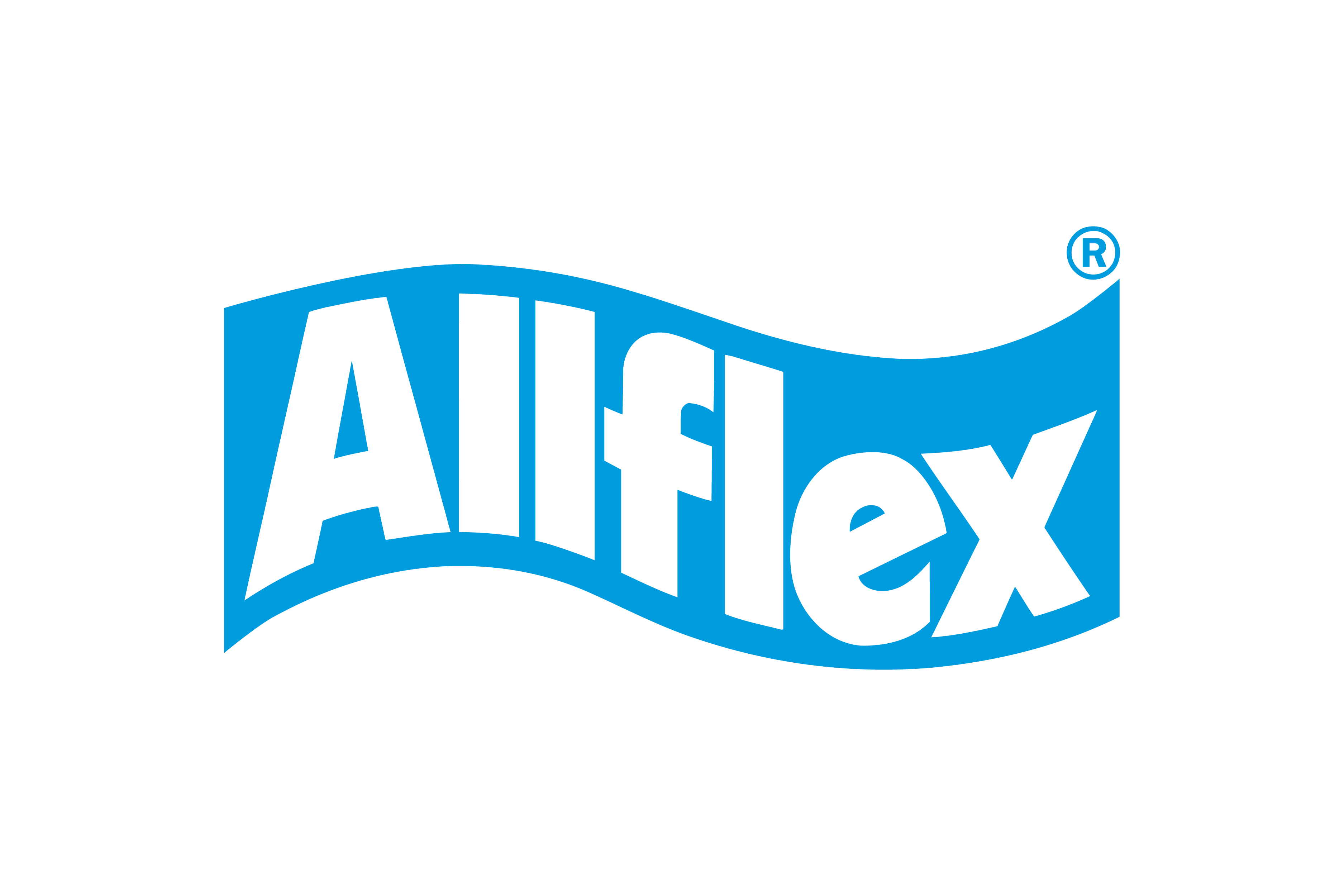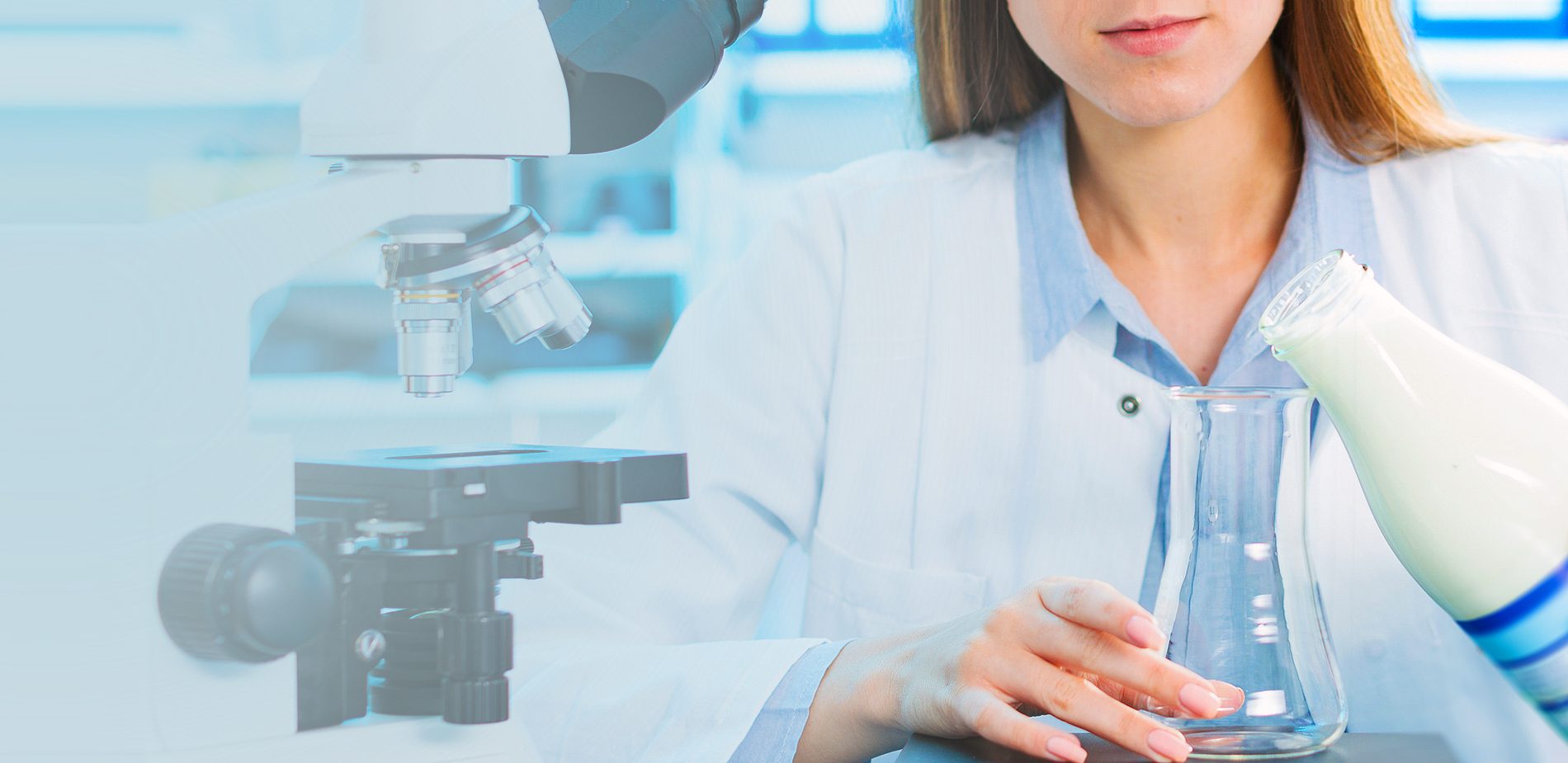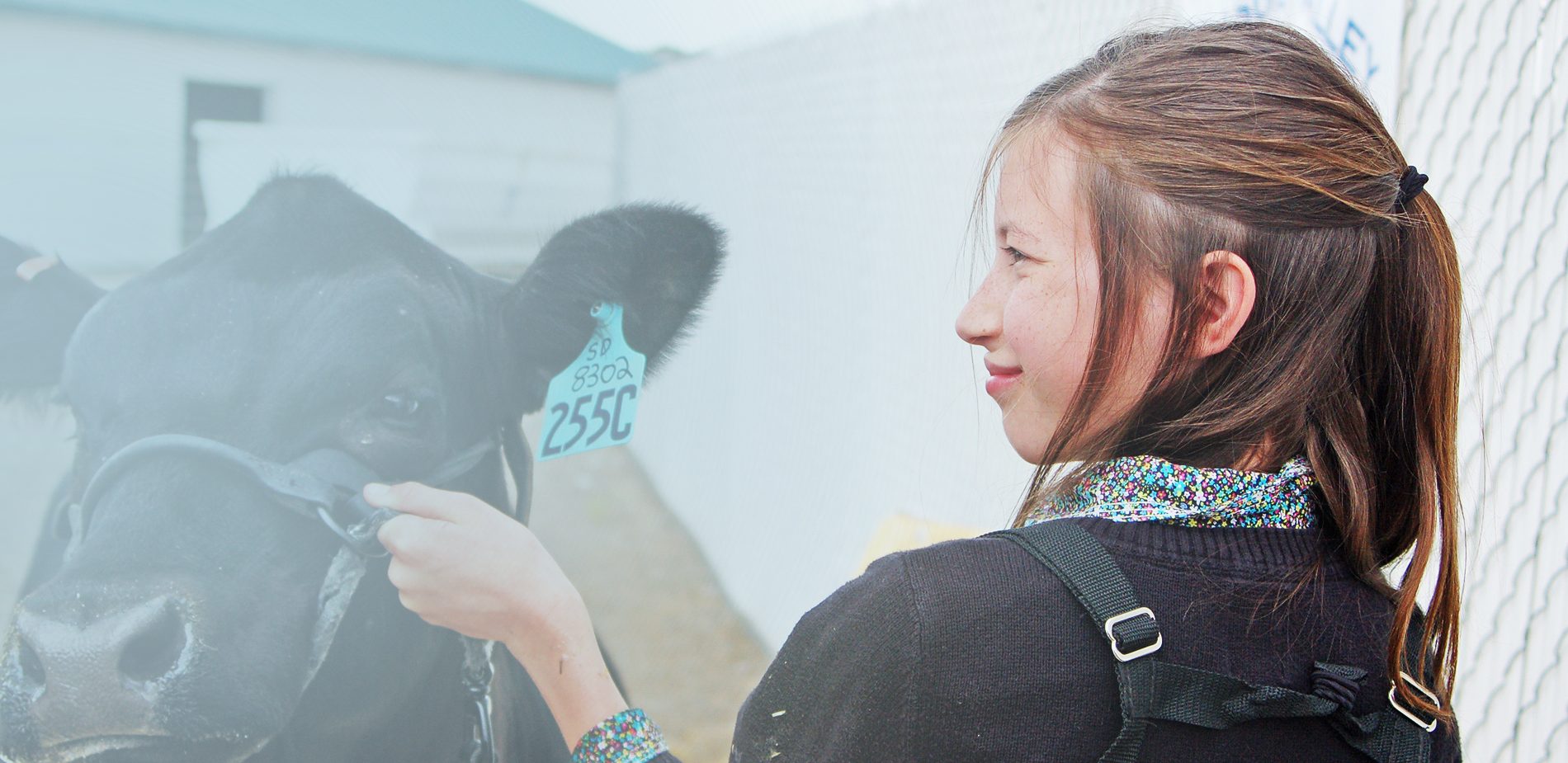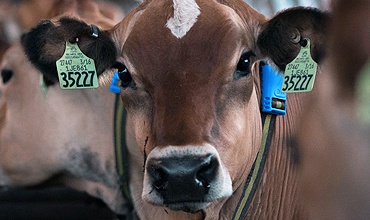Today, farmers can select the females that will receive specific semen based on genetic value, empowering them to improve the genetic quality of their herd through both the female and male lines.
Genetic selection (or more widely, “genomics”) is one of the most powerful tools available to livestock farmers. In pig, chicken and, particularly, cattle management, genomics is helping improve farm economics through selective breeding for milk quality and productivity, meat quality and quantity, longevity, and more. And, it’s bringing economic and public health benefits to entire countries by powering to several major disease eradication programs. With today’s well-established livestock genomics ecosystem, these advanced tools are in the reach of any farmer.
Farmers have long been using some form of selection to improve their herds. It began with rudimentary strategies for mating decisions based on observable characteristics (phenotypic traits). For example, as part of their dairy cattle management, farmers kept records and would select animals for breeding according to parameters like the look of the cow, height, milk volume, milk quality, pregnancy and calving history, and the records for the cow’s progeny. Sires would be chosen based on their looks, their fertility history, and their descendants’ parameters.
Later, the record-keeping expanded beyond the farm, and breed organizations began keeping herd book information, standardizing information on parentage and ancestry. Genetic selection was done through the male line, with farmers using semen with high genetic value to improve the quality of their herd. Today, farmers can select the females that will receive specific semen based on genetic value, empowering them to improve the genetic quality of their herd through both the female and male lines.
Genotyping – a transformational approach to cattle management
Genotyping is the use of laboratory testing and analysis to create a precise picture of the DNA marker alleles (the forms of a gene that occur via mutation) that an individual animal has inherited from its parents.
A variety of widescale collaborative initiatives are helping drive the growth of livestock genomics, including the establishment of genotype databases for varied livestock sectors. For example, the US Dairy Genotype Database, established in 2008, has more than 2 million genotypes from the five largest dairy breeds. The EuroGenomics consortium, set up the following year, gathers Holstein genotyping data from nine different European countries. Another example: In Ireland, major DNA testing companies are collaborating on a major cattle genotyping project under the auspices of the Irish Cattle Breeding Federation, which operates as a sort of central clearing house for a range of cattle genomics information.
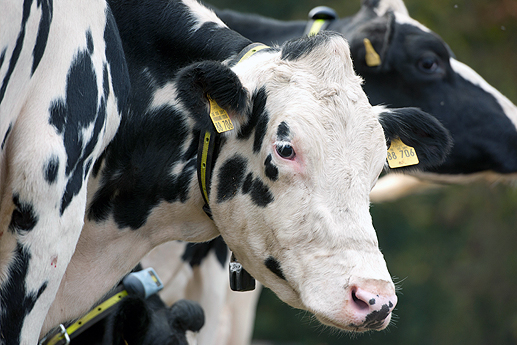
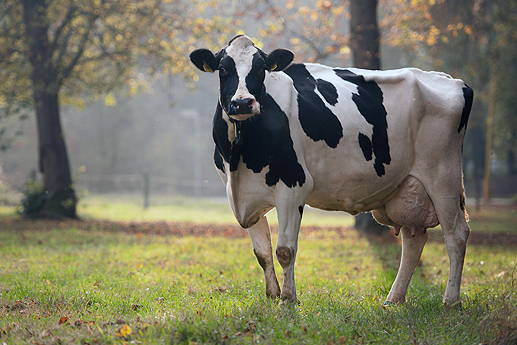
Genomic selection for improved cattle management
Over the past decade-plus, increasingly wide adoption of livestock genotyping has paved the way for sophisticated genomic selection for desired traits.
Combining the information gathered through genotyping with pedigree data and phenotypic data enables more accurate prediction of breeding values for offspring. These values are expressed in different ways, with estimated breeding value (EBA), net merit, and predicted transmitting ability (TPA) among the common terms. Farmers can consider these values, and others, in order to make breeding decisions according to their herd improvement priorities.
In beef and dairy cattle management, traits that are often selected for can include milk yield, protein yield, fat yield, udder conformation, somatic cell score, longevity, carcass merit, etc. Genotyping is also widely used in management of other types of livestock, most prominently chickens and pigs.
In dairy and beef production, genomics is already having a huge impact on farmers’ cattle management, nicely summarized in this Successful Farming article.
High value for disease eradication
Genomics can also provide great value in the area of disease eradication. Genetic variations in disease susceptibility have been identified through multiple studies. With cattle genotyping it’s possible to look back in time and pinpoint the sources, and then avoid using that combination of cow and semen/sire.
There has already been some success in animal breeding for disease resistance. For example, genetic testing is part of the USDA’s National Scrapie Eradication Program, targeting the US sheep and goat population.
There is also progress toward using genetic selection to help eradicate Johnes Disease, caused by the M. paratuberculosis bacteria. We foresee that in the future, with genetic testing, it will be possible to breed animals that are resistant to this infectious disease.
Well-developed genomics ecosystem
Genomics for cattle management and, likewise, for management of other livestock herds, is accessible to almost any farmer, through a large ecosystem of technology and service providers.
The first element in genomics is to take tissue samples from each individual animal. There are several approaches to this, and Allflex, as a technology developer, has taken a holistic approach under its “one sample for life” concept. Samples can be acquired with our Tissue Sampling Unit, which provides farmers with an easy and quick solution for taking samples from a small ear notch. As part of that, we use a liquid conservation buffer in the sample collection tubes that preserves the quality and integrity of the DNA, allowing it to be used for multiple tests.
Genetic services laboratories are the next element in the livestock genomics ecosystem. We collaborate intensively with genetic testing laboratories, such as Geneseek, to ensure that the single sample is suitable for a variety of genetic tests. Many breeding associations and AI companies operate or contract with gene testing labs.
Some labs (Geneseek included) also analyze the data, and there are also independent companies that provide this service. These companies and labs provide detailed analyses, with scores on multiple traits. For example, Genomic Predicted Transmitting Ability (PTA) is a measure of the genetic merit of an animal in a breeding program, and is broken down into specific traits, such as productive life, varied yield and health traits, and many more.
Towards a bigger future
Genomics is about starting with something very small and utilizing it in multiple ways to produce meaningful changes and gains. From tiny tissue samples, any farmer can obtain a huge amount of information about their animals, and then leverage that information to significantly increase individual animal and herd value.
At Allflex, we’re constantly working with farmers, labs, and others in the livestock genomics ecosystem, to continue expanding the benefits that genomics can bring to our customers, and to worldwide livestock farming as a whole.
What’s your vision for how genomics can improve your livestock farming business? Add a comment below, or , and let’s explore the possibilities.
"*" indicates required fields
